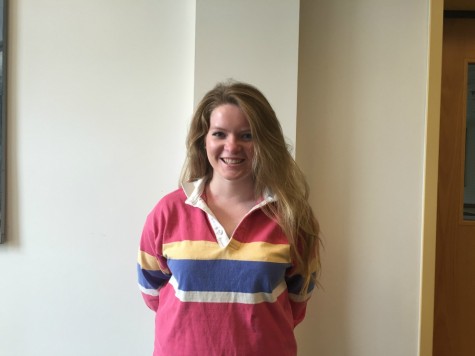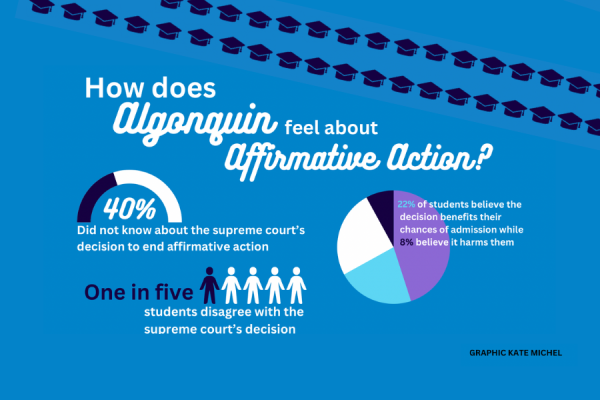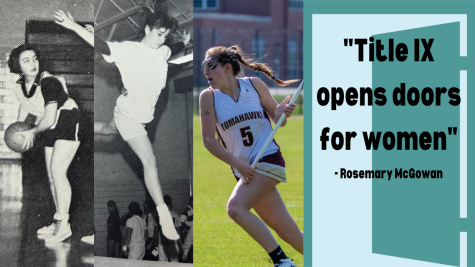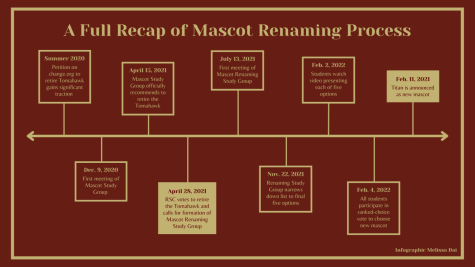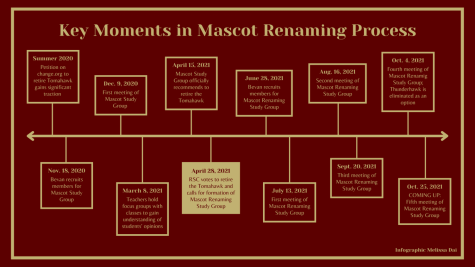Despite little racial diversity… ARHS embraces cultural values

*116 students responded to a survey on race and diversity in homeroom on October 23*
January 18, 2015
While Algonquin Regional High School is predominantly white, administration, faculty, and the curriculum attempt to address the value of racial diversity and cultural awareness.
According to the Massachusetts Department of Elementary and Secondary Education, Algonquin Regional High School is 87 percent Caucasian. The remaining 13 percent includes Asian, Hispanic, African American, and Native American students.
According to Principal Tom Mead, the diversity Algonquin does have allows students to learn from many cultures.

“There are other people out there that have different views and different cultures, they have different religions, they have different ways of going about living and it’s important for us to know that,” Mead said.
Mead stresses the importance of realizing how different cultures live differently than others.
According to 116 students surveyed during an extended homeroom on October 23, 95 percent do not feel judged at school because of their race. However, five percent of students surveyed do feel judged because of their race.
The school’s English Language Development teacher, Jennifer Cuker, works with students that have English as a second, third, or even fourth language, many of whom belong to a minority race. Although she is working with these students to gain English skills both in their academic and social lives, Cuker stresses how it is important for them to embrace their own cultures.
Let’s talk about the value of getting along, the value of appreciating and respecting other people’s skin color, their culture, their lifestyles, and where they come from.
— Principal Tom Mead
“A big goal for my students is for them to hold on to their first languages and their cultures,” Cuker said. “I don’t want them to 100 percent assimilate and just sort of become like everyone else here. I try to incorporate their language and culture a lot in my teaching so that they don’t forget it, they hold on to it, and they value it and keep it with them forever.”
Cuker’s goal is to not only teach her students English, but also make her students as comfortable at Algonquin as possible. Although Cuker believes that her students are generally happy at Algonquin, she notes that there are sometimes challenges.
“They will comment sometimes that they’re fully aware that they look different and sometimes people seem hesitant to approach them and befriend them because of the way they look,” Cuker said.
Some electives directly address racial differences and issues. The Silenced Voices, Holocaust and Human Behavior, and Sociology classes discuss the importance of racial diversity, equality, and human interaction. These classes may help students at Algonquin better understand other races, a goal shared by Mead, who wants to open the conversation on sharing different cultural identities.
“Let’s talk about the value of getting along, the value of appreciating and respecting other people’s skin color, their culture, their lifestyles, and where they come from,” Mead said.



